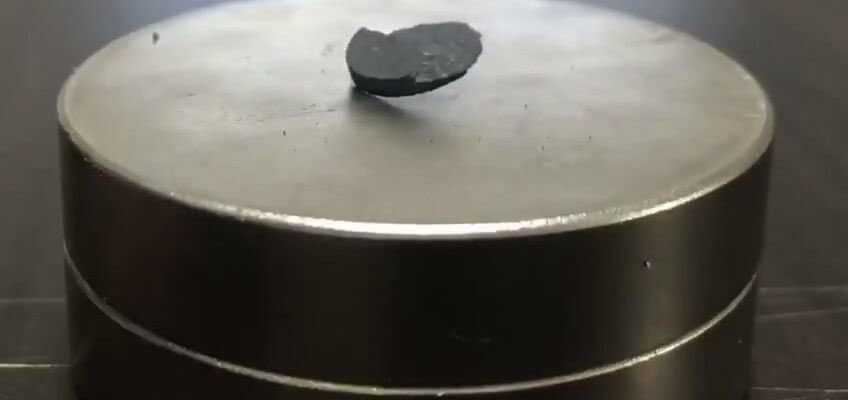This time at least, the research teams are cautious about their discovery. Some are already announcing “season 2” of the LK-99 saga, in search of an ideal superconductor, operating at reasonable temperatures and pressures. A race that has never stopped since last summer…
But yes, remember, it was one of the unexpected and incredible developments this summer in physics. Last July, two Korean researchers, Sukbae Lee and Ji-Hoon Kim, pre-published their research online, on a new material that they described as having characteristics that are attributed to superconducting materials, but at temperatures and ambient pressures. The media hype, despite the relative caution of these researchers who especially wanted the scientific community to be able to validate or refute their results, was absolutely incredible. Because providing the formula for their compound, LK-99, and the production method, we had seen a surge, even an outburst, of various independents, researchers on vacation, tweeters (even a Russian cat-girl-researcher) and false images bloom in a few days…
The LK-99 mania has subsided. Really ?
Time for several laboratories to also test the method and LK-99. In August, the wind of madness had died down: the most serious results invalidated superconducting behavior. In particular, the “levitation” effect that could be observed was imperfect and due to impurities present in the material: it was not the long-awaited “Meissner effect”, but a simple ferromagnetic behavior, due to contamination by copper sulphide. In short, file closed, drawer closed, at the start of the school year no one even mentioned the LK-99, and one of the two Korean researchers (who had been working on the subject since… 1999) has since left his position to work in a start-up. However, behind the scenes, we must understand that everything did not completely stop with the start of the school year.
Here we go again, round 2!
First, even without superconducting behavior, LK-99 has interesting physical properties, as long as it is synthesized correctly (this is one of the challenges). So labs continue to produce them, and to make variants which, for the record, are no longer called LK-99, but in the case that interests us, PCPOSOS or sulfoapatites. And if it’s complicated, tell yourself that it’s still easier than Pb₉Cu(PO₄)₆O which is LK-99, or that Pb₉.₁Cu₀.₉(PO₄)₆S, the new kid.
Yes, who says new year, nor new publications… “Season 2” is perhaps well underway for superconductors at ambient temperatures and pressures! This time, it is therefore two Chinese laboratories, which therefore worked from the LK-99 to understand and verify its effects. The latter have also pre-published their work, with, it seems, materials in very small quantities, but with reproducible effects (that’s already good).
The properties are also not as extraordinary as last summer, with better documented tests, more precise measurements with longer campaigns. But once again, caution is required, and it still comes from the authors! The latter have learned the lesson of the over-media coverage that took place a few months ago, and they are taking a grain of salt with their results… which have nevertheless been turning heads for several days. Several researchers already have doubts, too.

We will have to wait for other publications
It should also be noted that this time, the compound is more difficult to produce, so it will be a matter for laboratories to refute or confirm the results. Finally, even if last summer there was incredible public enthusiasm for the potential applications of this technology (they extend from data transmissions to levitating trains, including computers, etc.), there is There is a deep gap between research results showing superconducting behavior and their concrete applications.
Patience therefore, we must wait and even if this derivative of LK-99 is perhaps also a victim of its impurities, we must duplicate, prove, explain. This takes time, it may take several different publications… Before other results based on new synthesis.
The excitement between the pre-publication of measures, their refutation, and public interest, in any case shows the major industrial issues which are based on this technological blockage. A small clue perhaps, if this new compound does not work better than LK-99 of 2023, perhaps try with some quantum cream? She is also making a lot of noise at the start of the year…
Source : The Quantum Insider

2